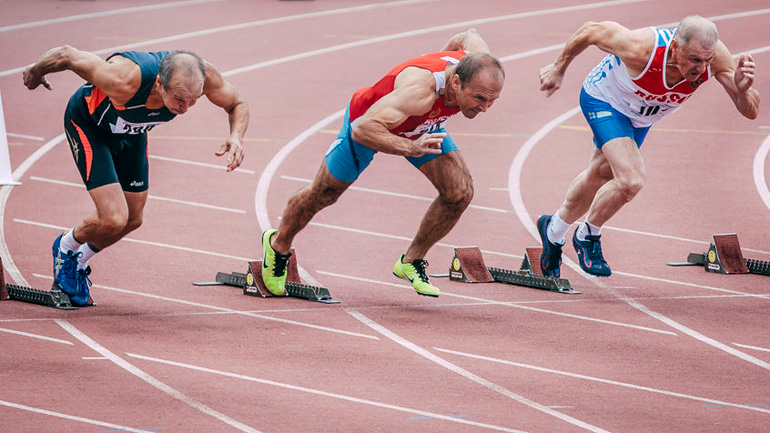Low free testosterone levels and loss of muscle mass
- Published in Testosterone - Men

Hypogonadism, aka testosterone deficiency or low-T, is primarily diagnosed by low total testosterone levels. However, more and more research is showing that free testosterone, which is the active fraction of total circulating testosterone, is independently associated with important health outcomes.
Levels of free testosterone decline more steeply than total testosterone as menage.[1-7 In many cases, total testosterone levels can be relatively high, but free testosterone low. Therefore it is important to assess both total and free testosterone levels in order to get a clear picture of the androgen status.
A recent study specifically assessed if baseline testosterone (total and free) levels predict muscle loss in middle-aged and elderly Japanese men over a 10 year period.[8]
Muscle function and lean body mass during testosterone therapy combined with strength training and in aging men
- Published in Testosterone Replacement Therapy

Study shows only a combination of testosterone therapy and strength training results in an increase in both mechanical muscle function and muscle mass (LBM).
OBJECTIVES:
To examine the effect of strength training and testosterone therapy on mechanical muscle function and lean body mass (LBM) in aging men with low-normal testosterone levels in a randomized, double-blind, placebo controlled 24-week study.



